Flower carpets on Corpus Christi and other customs – learn about the UNESCO intangible heritage
Did you know that a number of unusual and unique customs in Poland have been inscribed on UNESCO’s Representative List of the Intangible Cultural Heritage of Humanity? At this point, there are already 6 groups of items on it:
- Kraków nativity scenes (in 2018),
- Tree beekeeping culture (2020),
- The tradition of arranging flower carpets (in 2021),
- Falconry (2021).
- Timber rafting traditions (2022)
- Polonaise (2023.)
Colourful Corpus Christi processions – flower carpets
The celebration of Corpus Christi is a great opportunity to get to know and see from up close one of the customs which accompanies the colourful processions held on this religious holiday. The tradition of arranging flower carpets has become an interesting and colourful tourist attraction. Religious ceremonies of Corpus Christi are celebrated in this special way in Spycimierz in the Łódzkie Voivodeship and in four villages in the Opolskie Voivodeship: Olszowa, Zimna Wódka, Zalesie Śląskie and Klucz.
Today’s Corpus Christi celebrations are held on the Thursday after the feast of the Holy Trinity. A moving holiday, it takes place 60 days after Easter, at the earliest on 21 May and at the latest on 24 June. The procession is led by priests from a given parish. Participants stop at sacral important places of worship, especially roadside crosses and shrines. Four field altars are set up along the way for the procession to stop at and listen to the gospel. The path that the procession takes is decorated with twigs and flowers. Children in folk costumes sprinkle flowers on the road, while all sing songs and litanies. This holiday looks particularly attractive in Spycimierz, where people create flower carpets in a tradition of which goes back 200 years. Among other Corpus Christi processions celebrated in Poland, it stands out with the marking of the procession by means of arranging flower carpet to worship God, who, according to the folk tradition, “descends from the altars” on this day.
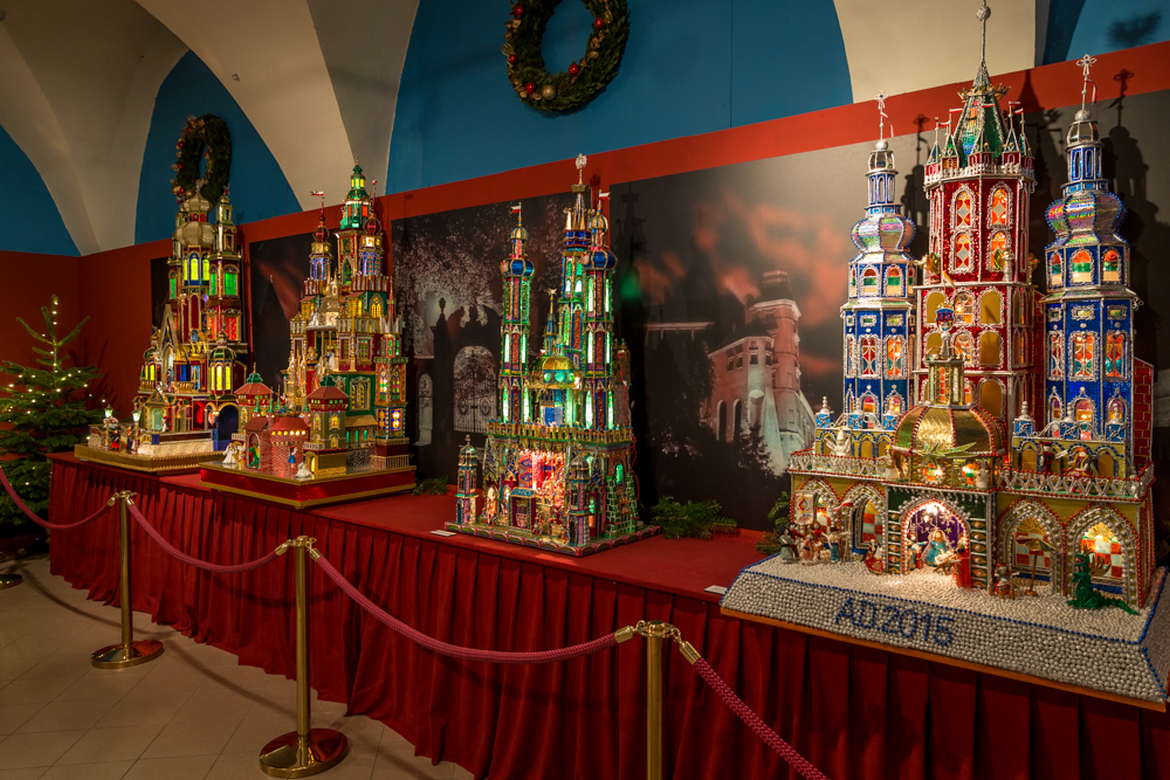
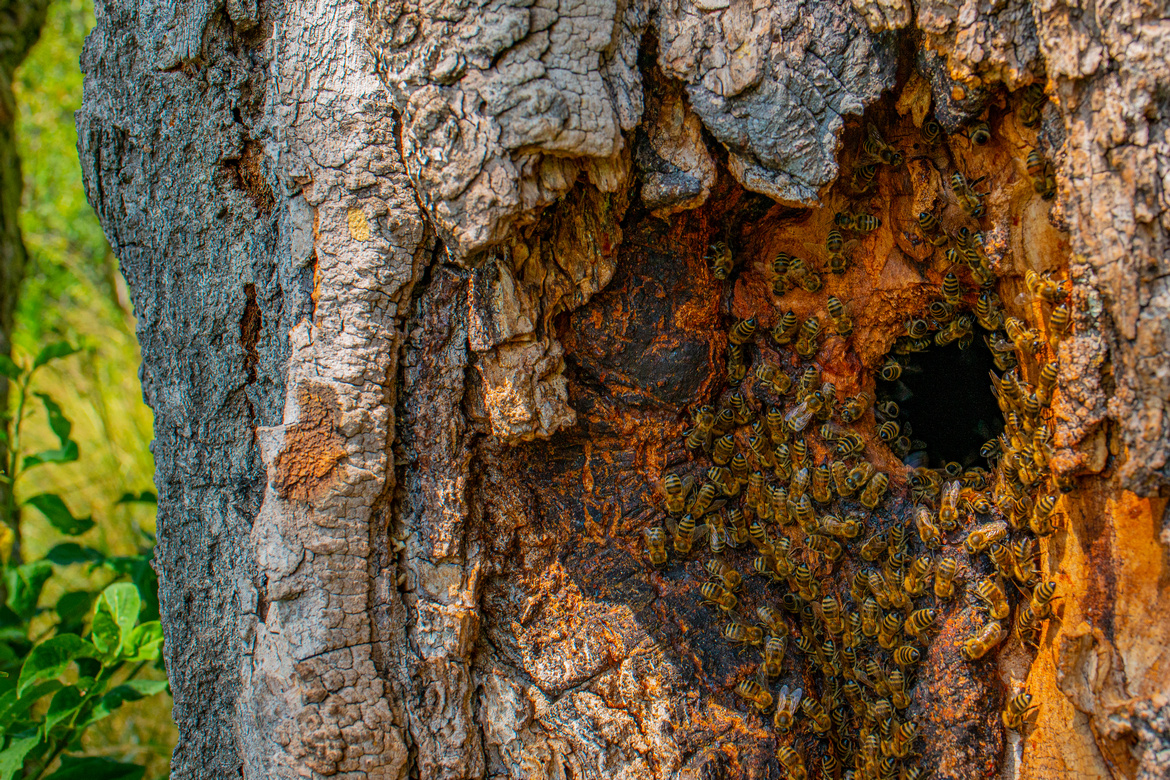
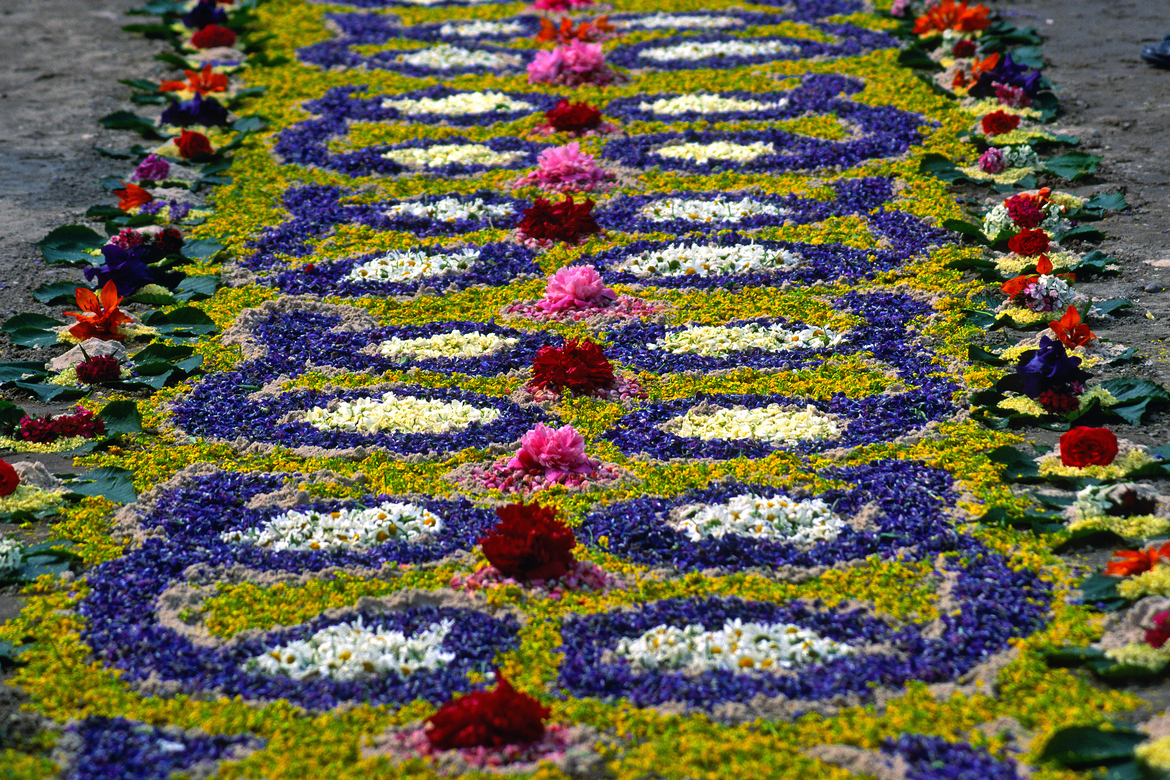
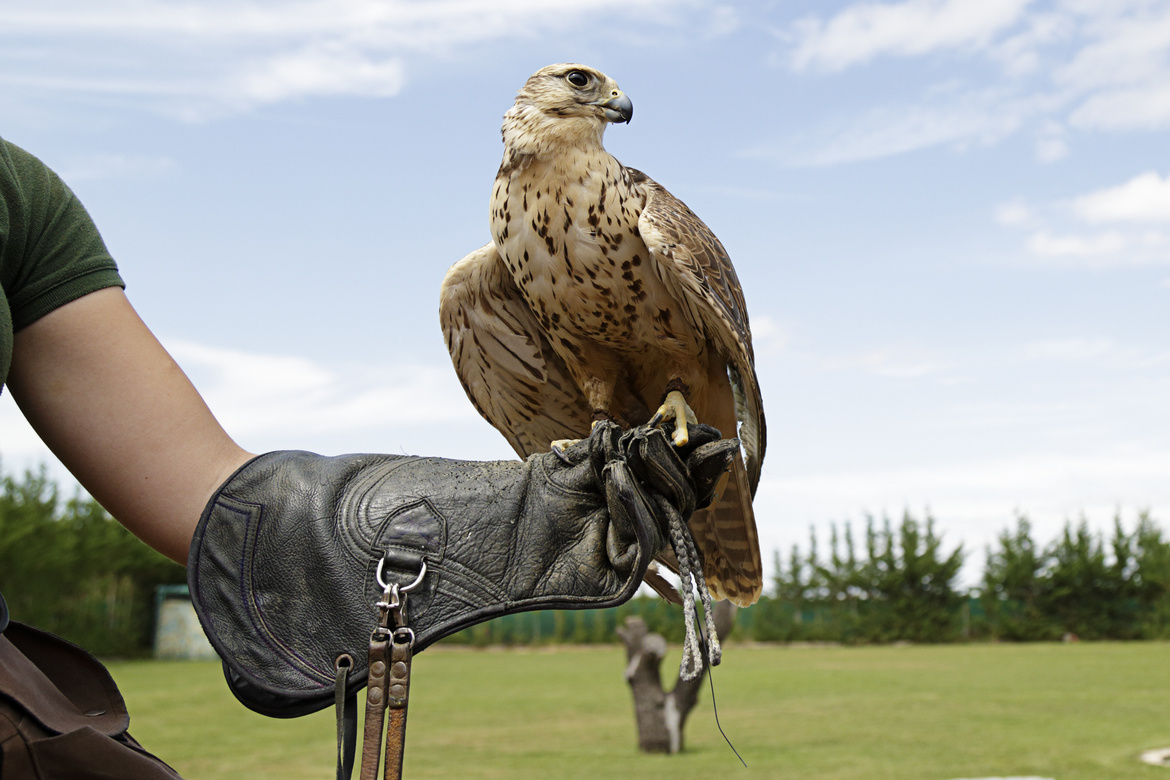
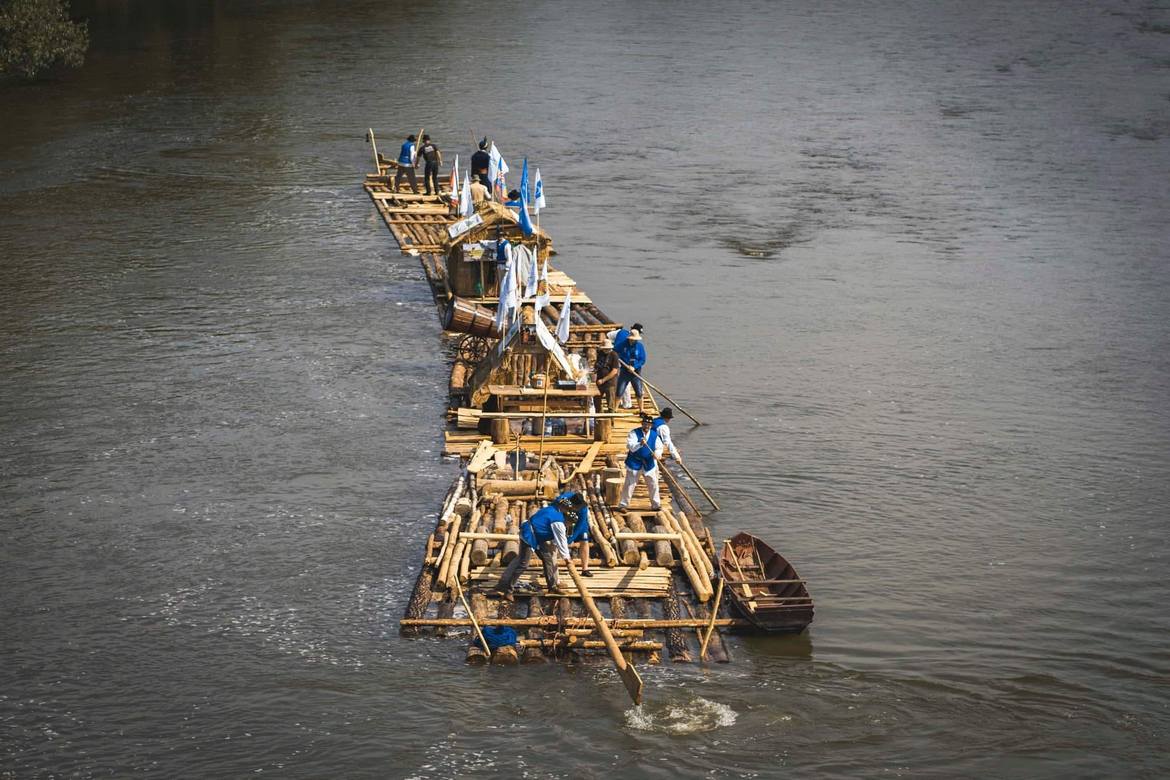
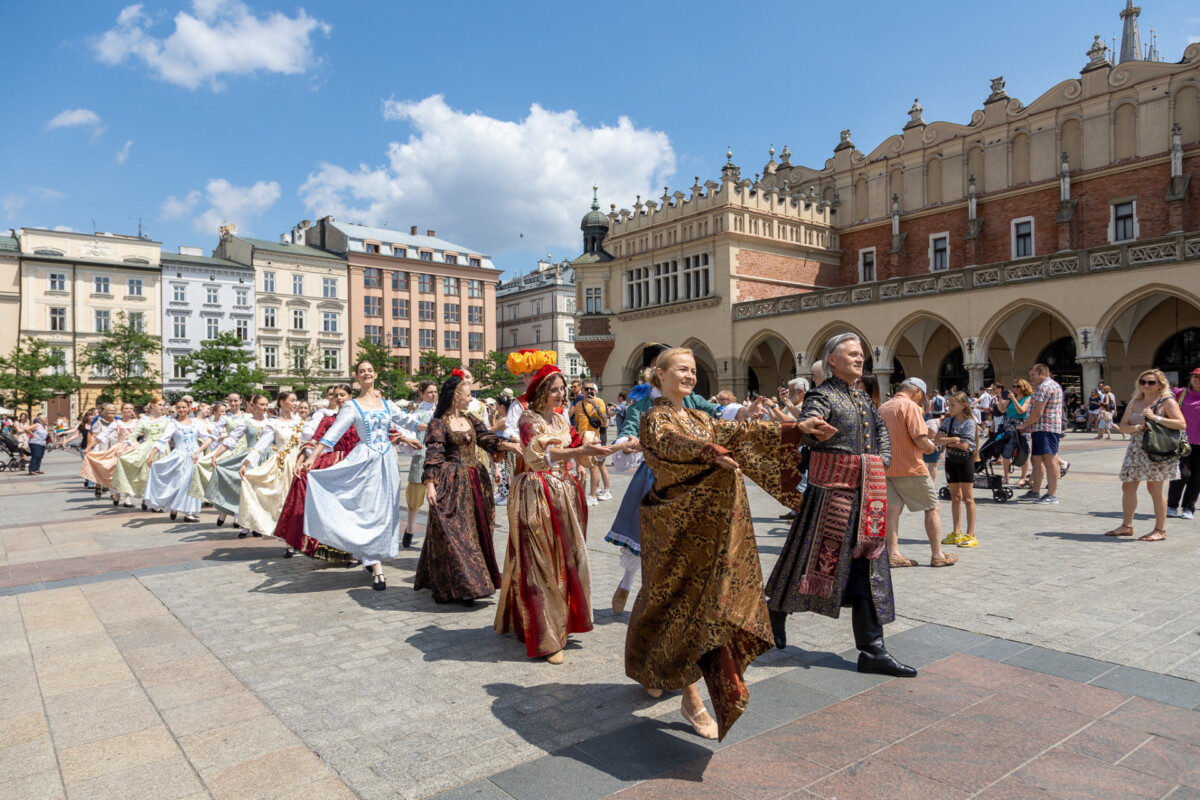
Kraków’s nativity scenes
The first entry on the UNESCO list of intangible cultural heritage of humanity from Poland recognised the Kraków nativity scenes (entered in 2018). Building nativity scenes, or szopkas, is a traditional craft passed down from generation to generation, which has ensured its continuous existence since the 19th century. It is closely associated with Kraków, where an annual competition is organised, during the final of which you can admire these wonderful handicrafts.
Tree beekeeping culture
It includes knowledge, skills, practices and beliefs connected to wild bees breeding in living tree trunks (tree hives) or cut-down tree trunks (log hives). Polish beekeepers take care of bees in a special way by trying to recreate the primeval living conditions in tree hives without interfering with the natural life cycle of the bees.
Falconry
Thanks to the unique advantages of our country in the form of large areas of forests and meadows, Poland has always enjoyed good conditions for hunting, which has a rich, deeply rooted tradition in our country. One of the more noble forms of hunting is falconry, which appeared in Poland around the 10th century. Modern falconers are not only hunters, but also breeders, who began the reintroduction of the peregrine falcon. They cultivate the tradition of training and breeding hunting birds. In 2021, Polish falconry as a living tradition was inscribed on the UNESCO list of intangible cultural heritage of humanity.
Timber rafting traditions
Thanks to the Rafter Fraternity of St. Barbara, reactivated timber rafting is still a living tradition. It all began with transporting wood using natural water flows. Logs of coniferous trees were first tied to make large rafts, which were then chained into strings. Such large rafts, even about 100 m long, were used to move wood from Ulanów, first on the San, then the Vistula, all the way to Gdańsk.
Located on the Tanew estuary to the San, Ulanów, called the “Gdańsk of Galicia” has been an important rafting centre since the 16th century.
Cultivated until this day, rafters’ traditions also include many other elements of intangible heritage, such as their own specific dialect, names, songs and rituals. Especially spectacular is the rite of promoting new adepts to ordinary or honorary rafters. Traditionally called a baptism, it takes place on a raft.
Polonaise
Polonaise is one of the oldest Polish national dances, with its history dating back to the Old Slavic times. It is known for its majestic, elegant and solemn character. The Polonaise is a court dance that has been performed for centuries at various celebrations such as weddings, balls and other ceremonies. However, it is not only a dance, it is also an expression of Polish culture, history and national identity. It inspired the work of many composers, including Fryderyk Chopin, Johann Sebastian Bach, and Georg Friedrich Händel. Currently, it is the most taught dance at schools as it opens many celebrations, including popular prom balls.
As stated at the 2003 UNESCO Convention, intangible heritage encompasses customs, oral tradition, knowledge and skills, along with related objects and cultural space that a given community, group or individual recognised as part of their heritage. This kind of heritage is passed down from generation to generation and is constantly being recreated by communities and groups in relation to their environment, history and relationship to nature. For a given community, intangible heritage is a source of a sense of identity and continuity. There are many such items in Poland. You will find them on the National List of Intangible Cultural Heritage kept by the National Institute of Cultural Heritage. The list currently has 49 entries.

